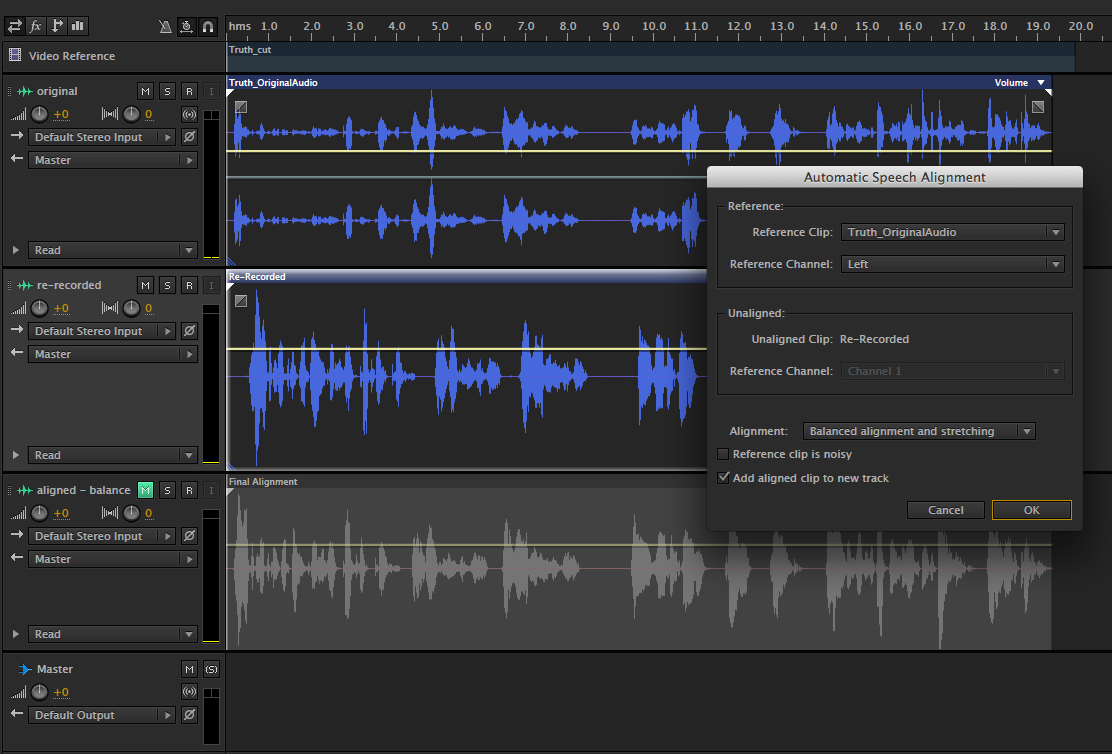

This will then raise up the volume of the whole track until the loudest part hits exactly -6dB. Check the box that sayts “Normalize To:” and enter -6.00dB.

Normalizeįrom the Effects menu, choose Amplitude and Compression -> Normalize (process). The exact settings will vary depending on the source footage you’re dealing with, but Nathaniel talks about the various options and what he prefers to do. A dialogue box will pop up showing various options. Once captured, select the entire audio file, and from the Effects menu, select Noise Reduction -> Noise Reduction (process). Then, in Audition, select one of those blank areas, and choose Noise Reduction -> Capture Noise print from the Effects menu. Leave a few seconds either at the beginning or end of your recording. The easiest way to deal with this is to account for it when you’re recording. Or, perhaps there’s a barely perceptible distant hum of the neighbour’s refrigerator. Even the best recorders can still sometimes have a little hiss. This process isn’t always essential, but it can help to take care of that last bit of noise. So, assuming you’ve got a decent quality clean track to begin with, this is Nathaniel’s workflow. So it’s a lot easier to deal with, if recording to computer, but also offers excellent sound. The Rode Podcaster, on the other hand, is a USB microphone. So you’ll need a mixer or some other device that can supply the microphone with phantom power as well as relay that signal into your computer.

As it’s XLR, it requires some kind of interface between it and your computer. It’s a fantastic microphone, essentially it’s an XLR version of the Rode Podcaster. Nathaniel uses the Rode Procaster microphone for recording his tutorials and voiceovers.


 0 kommentar(er)
0 kommentar(er)
